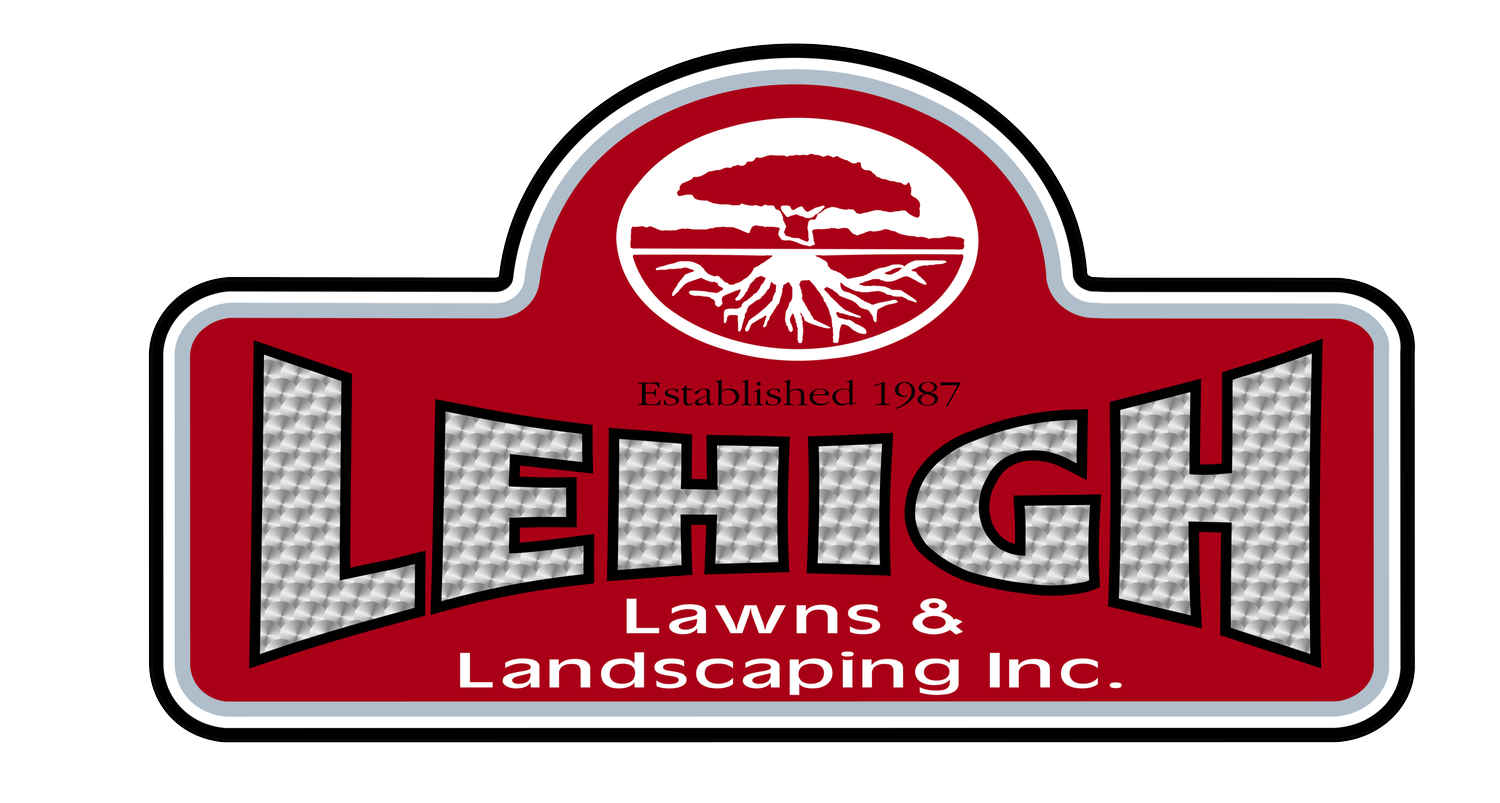4 Water Saving Irrigation Solutions
Irrigation systems are a great way to keep your lawn and plantings hydrated and looking great, and they’re also more environmentally friendly than watering by hand. This doesn’t mean that every system is foolproof, however - many irrigation systems actually waste more water than is necessary due to poor planning. Here we’ll discuss some of the ways you can ensure your irrigation system is as water efficient as possible while still keeping your Putnam County, NY yard green and lush.
Drip irrigation
Many irrigation systems consist solely of sprinklers, spraying large amounts of water onto lawn and plantings alike. In the process, a great deal of water is lost through evaporation and runoff, since water is deposited onto leaves and stems that have no way of transporting it to the roots. Instead, homeowners can opt for drip irrigation in their plant beds, as well as around trees. Drip systems allow water to be delivered directly to the plant’s roots, by installing a long plastic tube just under or flush with the ground surrounding the plant. The tube houses fittings which are set to release water directly into the soil, gradually over time. As an added bonus, the nature of drip irrigation helps cut down on weeds in your plant beds by reducing surface water where weeds germinate.
Rotary vs mist sprinkler heads
While drip irrigation is definitely the way to go for large plants, the most efficient way to hydrate your lawn is still a sprinkler system. Not all sprinkler heads are created equal, however. Installing mist spray heads on your irrigation system allows for the water to be delivered in a fine mist, as the name suggests. This leads to more water being lost through evaporation, or by being carried off in the wind. Rotary sprinkler heads deliver more water in a steadier stream, ensuring more water gets to your lawn.
Timing your irrigation
Installing a timer on your irrigation system is a great way to ensure your plants are getting the water they need every day, whilst guarding against over-watering due to human error. Just setting your irrigation system to turn on for a half hour every day won’t do the job, however. Two things should be considered when setting your timer: the time of day the sprinklers are set to run, and in what intervals.
As a rule of thumb, morning is the best time to water your lawn and plants. Cooler temperatures and calmer winds lead to less evaporation and runoff than at mid-day. This also minimizes the risk of plant-related disease setting in due to water sitting on your greenery overnight. Secondly, one should avoid dumping the entire day’s water rations on your lawn at once. Spreading a half-hour watering out over six 5-minute intervals allows your lawn to absorb the water completely between bouts, preventing water from pooling on the lawn, evaporating or running off into the nearest gutter.
Related: The Importance of Efficient Irrigation in the Summer Months
Rain and soil moisture sensors
If your irrigation system runs on a timer, it is also a good idea to install either a rainfall or soil moisture sensor. These systems are designed to override your irrigation system’s automatic programming when rain or excessive moisture in the soil makes watering unnecessary. Simpler and less expensive, rain sensors detect rainfall, shutting down your scheduled irrigation when a certain amount of rainfall has fallen. It’s recommended that both are used in conjunction with one another to ensure best results.
Related: Sustainable Landscape Design

